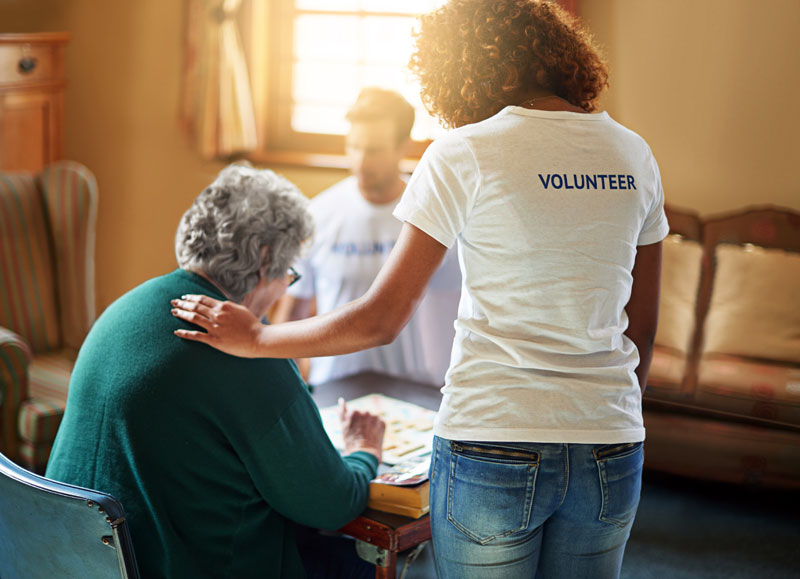Senior citizens in the greater Tucson area have access to a variety of discounts across multiple sectors, enhancing affordability and enriching their lifestyle. Below is a curated list of some of the best discounts available:
Tucson, January 9, 2025: Milagro on Oracle, a new affordable housing complex located at 2445 N. Oracle Rd. in Tucson, has officially opened its doors, providing 63 residences for seniors aged 55 and older. This development is a significant step in addressing the city’s housing crisis, offering much-needed accommodations for low-income seniors and individuals experiencing homelessness.
When your loved one suffers from a serious chronic or terminal illness where a cure is improbable, and treatment is unlikely to change or slow its course, your family may have difficult decisions to make. This can be a particularly stressful time for everyone involved and the services of a hospice organization can assist with making end of life decisions as well as provide care and services to your family. Those hospice services are often provided at the patient’s home.
Volunteering to be a hospice care worker is one of the most compassionate ways to help others, but many people aren’t sure exactly what is involved in providing hospice care. There may be misconceptions about the responsibilities and tasks of the volunteer in a hospice setting. But volunteers are an essential part of every hospice care team. In fact, hospice service was originally started by volunteers and now requires patients to have access to volunteers as part of the treatment plan.
Hospice care plays a vital role in supporting individuals and their families during one of life’s most challenging periods. However, misconceptions about hospice care often lead to misunderstandings and hesitations. In this article, we’ll debunk some common myths surrounding hospice care to provide clarity about the valuable services it offers.
Most people who have experienced the gradual loss of a loved one are familiar with hospice services. Today, hospices are considered the model for quality, compassionate care for life-limiting illnesses. But hospice care wasn’t always available to patients who needed it. Learn about the origins of hospice as we know it today with this brief history of hospice care.

We’re once again proud to sponsor the Tucson Classics Car Show. Come out and join us October 21st, 10am-4pm, Gregory School Parking lot.
During hospice care, the end-of-life process can have a profound impact on the lives of all those involved. Social workers bring particular skills to the caregiving team, including working with families from varying cultures and socio-economic status. Their training helps them relate to people within a social and cultural context. The social worker can also identify resources, beyond the health care system, which may help the family cope with situations involving life-limiting illness, dying, grief and bereavement.
When grieving the loss of a friend or family member who has been under hospice care, it helps knowing that their last days were made as comfortable and as pain-free as possible. Opting for hospice care means that the patient and family probably had some time to make end-of-life preparations. Nevertheless, when the moment arrives, we may find it challenging to fully cope with our own sorrow and the grief experienced by those around us.
Hospice care is a type of specialized medical care that is focused on providing comfort and support to patients with a terminal illness or condition. The goal of hospice care is to improve the quality of life for patients and their families by managing symptoms, relieving pain, and addressing emotional and spiritual needs.









